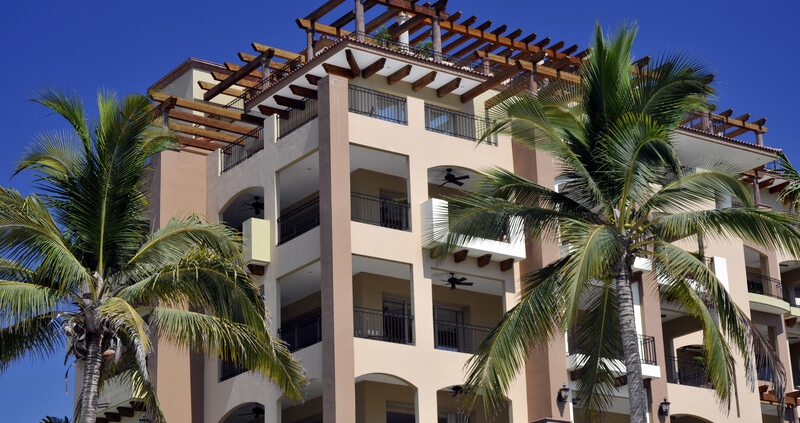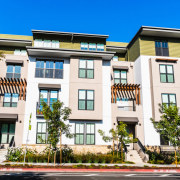Little Distress Likely For Multifamily As 2023 Continues
Multifamily will likely experience little distress this year, despite a deceleration in debt origination since the beginning of 2022.
Activity has “gradually decelerated” since Q1 2022, the second-best quarter on record for debt originations, according to an analysis from Newmark, which also notes that “preliminary loan figures overstate the severity of the slowdown” in Q4.
“The year-over-year comparison is severe, but the fourth quarter of 2021 was a very high bar to match,” the new report notes. “Projected volumes for the fourth quarter of 2022 are still the third-best fourth-quarter performance.”
The Sun Belt accounted for 57.9% of overall multifamily investment in 2022, led by Dallas, Atlanta, Houston and Phoenix, which together accounted for 21.6% of annual volume. Of the top 25 markets by volume, New York, Nashville and Philadelphia posted double-digit year-over-year sales volume growth.
But while December 2022 may have experienced a greater-than-usual seasonal boost as borrowers sought to capitalize on sharp declines in Treasury yields and spreads, Newmark says the question remains as to whether that momentum carried into the first quarter of this year. With that said, wth the exception of loans originated in 2021, mark-to-market LTVs “are well-contained,” something that can’t be said for many office and retail vintages.
Banks leaned in heavily to the asset class in 2022, with bank exposure to loans secured by multifamily properties increasing by $11 billion from January 2022 to January 2023. But Newmark says this is unlikely to continue unabated, creating a liquidity gap in the market. Banks are also tightening lending standards and shrinking the profile of both assets and sponsors with whom they’re willing to lend.
“Banks are likely to be less active as they digest their expanded loan books, and the GSE’s will be active but static on volumes,” the firm notes. “The recent decline in spreads and reduced volatility in bond yields could incentivize market-driven lenders, such as CMBS, debt funds and life insurance companies to be more active on the margin. There is already some evidence of this in the corporate bond market, with new issuance picking up.”
The market may be also subject to more ups and downs as a result of lending caps on GSEs and a move by the entities to more “mission-driven” lending.
“As the market grows, they are providing less proportional and more targeted liquidity support, which makes a repeat of 2009 less likely but also leaves the market subject to greater ‘normal’ volatility,” the report notes.
Record quantities of debt are on track to mature by 2024, and Newmark says borrowers will face markedly higher borrowing costs as loans mature.
“Higher debt costs on refinancing will lower return for all and will give rise to a range of reactions within the market,” the report notes. “Some borrowers will choose to pay down debt, especially if the asset has appreciated meaningfully. Others will refinance the principal or partially pay down, whereas in a lower cost of capital environment, they would have re-levered. Still others will be unable to make the math work and will need to pursue a loan modification, return the keys and/or source rescue equity at an appropriate price point.”
Despite that, the asset class remains a top destination for capital globally. International investment in US multifamily assets as a percentage of total US commercial real estate totaled 40.3% in 2022, up 990 basis points from the 2015-2019 average of 30.4%. And among the US regions, total returns in the Southeast have outpaced the broader market on short, intermediate and long-term bases. Garden-style properties throughout the Southeast have been a particularly strong niche within the sector, outpacing the US multifamily index by 440 basis points over the past decade.
Source: GlobeSt.











